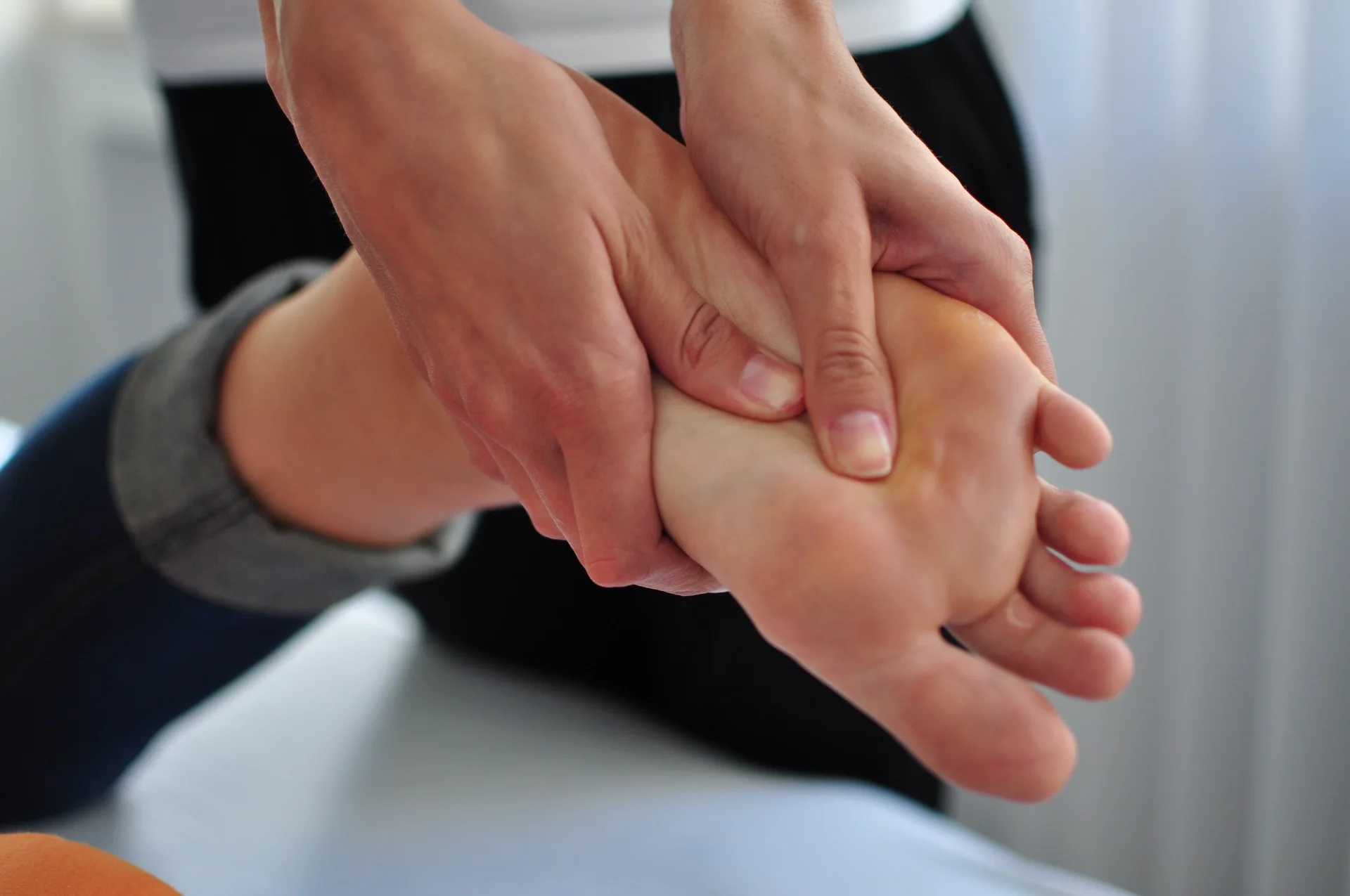
Plantar fasciitis is a common condition characterised by inflammation of the plantar fascia, a thick band of tissue that runs along the bottom of the foot, connecting the heel bone to the toes. This condition typically causes sharp, stabbing pain in the heel, especially during the first steps in the morning or after prolonged periods of sitting or standing. The pain may worsen with activity but often subsides after warming up. Common causes of plantar fasciitis include:
Chiropractic care focuses on addressing misalignments and reducing strain on the plantar fascia through adjustments and soft tissue techniques. Chiropractors can help with:
Chiropractic care helps relieve plantar fasciitis by addressing misalignments, improving foot mechanics, and reducing soft tissue tension, leading to better healing and reduced pain.
Physiotherapy plays an important role in treating plantar fasciitis by reducing pain, increasing flexibility, and strengthening the muscles of the foot and lower leg. Key physiotherapy techniques include:
Physiotherapy helps alleviate plantar fasciitis by improving flexibility, strength, and foot function, promoting long-term recovery and reducing the risk of recurrence.


A combined approach of chiropractic care and physiotherapy offers a comprehensive solution for plantar fasciitis. Chiropractic care addresses misalignments and improves overall posture and foot mechanics, while physiotherapy focuses on strengthening, stretching, and reducing inflammation. Together, these therapies can provide significant pain relief, improve foot function, and promote long-lasting recovery.